Poor pupils in London outstrip rich in rest of country
- Published
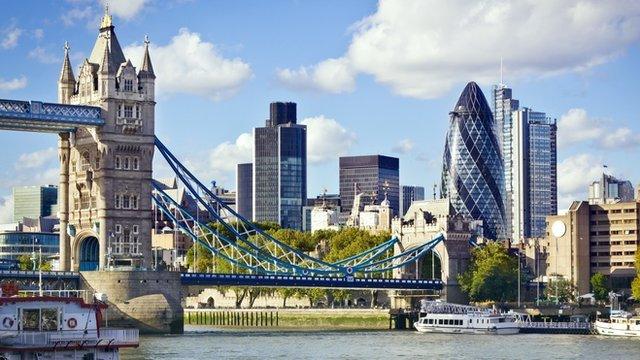
The success of London's schools has challenged the idea of poor pupils being likely to underperform
Disadvantaged pupils in inner London are more likely to go to university than much better off youngsters outside the capital, reveals official data.
The Department for Education statistics show an unprecedentedly high level of university entry among pupils on free school meals in inner London.
The figures show that 63% of poor pupils in London schools and colleges progressed into higher education.
This is higher than any figure for better-off pupils in any region.
Last week, the improvement in London schools was described in a report as being of "international significance".
This latest example of the high levels of achievement in London schools is drawn from data showing where pupils in England went after leaving school and college.
These most recent figures show pupils who finished school in 2011.
Wide variations
Among pupils taking A-levels, 53% on average went into higher education.
But a regional analysis shows huge variability - with disadvantaged pupils in the 14 inner London boroughs more successful at getting to university than better-off pupils in any other region.
The figures challenge the idea that pupils from poorer backgrounds will perform less well at school than their wealthier counterparts.
The proportion of poorer pupils in inner London going into higher education (63%) is higher than better off pupils in the north east (54%), north west (57%), east midlands (51%), west midlands (53%), east of England (51%), south east (49%) and south west (47%).
In all these regions, the figures for poorer pupils - as defined by eligibility for free school meals - are even lower. In the south east of England, 34% of poorer pupils continue to higher education, little more than half the figure for inner London.
Also unlike other any other region, in inner London the proportion of poorer pupils going into higher education is higher than the figure for better off pupils.
These comparisons are between young people who are at school or college and taking A-levels - so it is not the entire age cohort.
Opening doors
But the figures show that a higher proportion of these pupils are on free school meals in London than elsewhere.
In the north-east of England, out of almost 16,000 pupils taking A-levels, fewer than 1,400 are eligible for free school meals. While in inner London, more than 4,200 out of about 14,000 are poor enough to qualify for free meals.
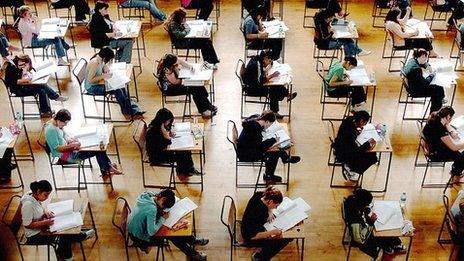
Exam results in London have outstripped the rest of the country
And the disadvantaged inner London pupils are much more likely to stay on for higher education - with 63% for inner London, compared with the 54% entry rate for non-free school meal pupils in the north-east and 37% for those eligible for free school meals.
An even narrower local focus shows even more extreme variations, hidden below the national average.
In Camden, north London, 74% of free school meal pupils continue to university. But in Swindon, the figure is only 19%. Even among non-free school meal pupils in Swindon, the proportion continuing into higher education is 34% - less than half the rate of poor pupils in Camden.
In East Sussex, 18% of free school meal pupils enter higher education, while in Hackney in east London, the figure is 63% and 61% in Lewisham, south London.
This data was published last week as part of the first wave of "destination data". This showed how private school pupils were still much more likely to get places at Oxford and Cambridge universities.
Historic change
In terms of long-term change in the level of qualifications, the achievement in London represents a massive shift.
At the beginning of the 1980s, only a quarter of young people in England achieved five good O-levels and fewer than one in 10 achieved three A-levels.
By the mid-1990s, the level of qualifications had risen so that about 30% of young people were participating in higher education.
This has climbed steadily since the turn of the century, with the most recent figure, for England, Wales and Northern Ireland, showing 49% of young people entering higher education.
The government has announced plans for the phased removal of the cap on student numbers - beginning with an extra 30,000 students for next year and then 60,000 the following year.
The success of London schools, substantially outperforming any other part of England, has become a subject of research and scrutiny.
The Institute for Fiscal Studies published a report last week showing that the high performance was driven by the particular success of disadvantaged groups. More than four out of five primary school pupils in London are from ethnic minorities.
Brett Wigdortz, chief executive of Teach First, said: "The success of London's schools proves that deprivation needn't determine destiny.
"However, as new challenges begin to emerge, particularly in rural and coastal areas, it is clear that an urgent rethink is needed for how we address the changing face of educational inequality."
- Published27 June 2014
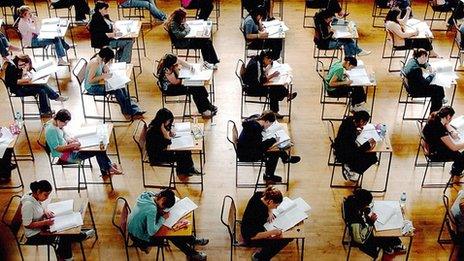
- Published10 June 2014
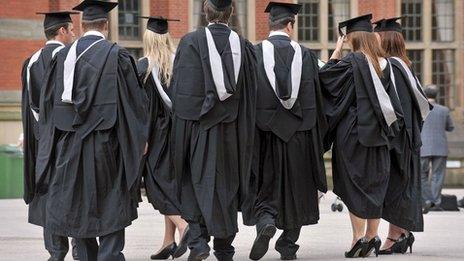
- Published26 June 2014
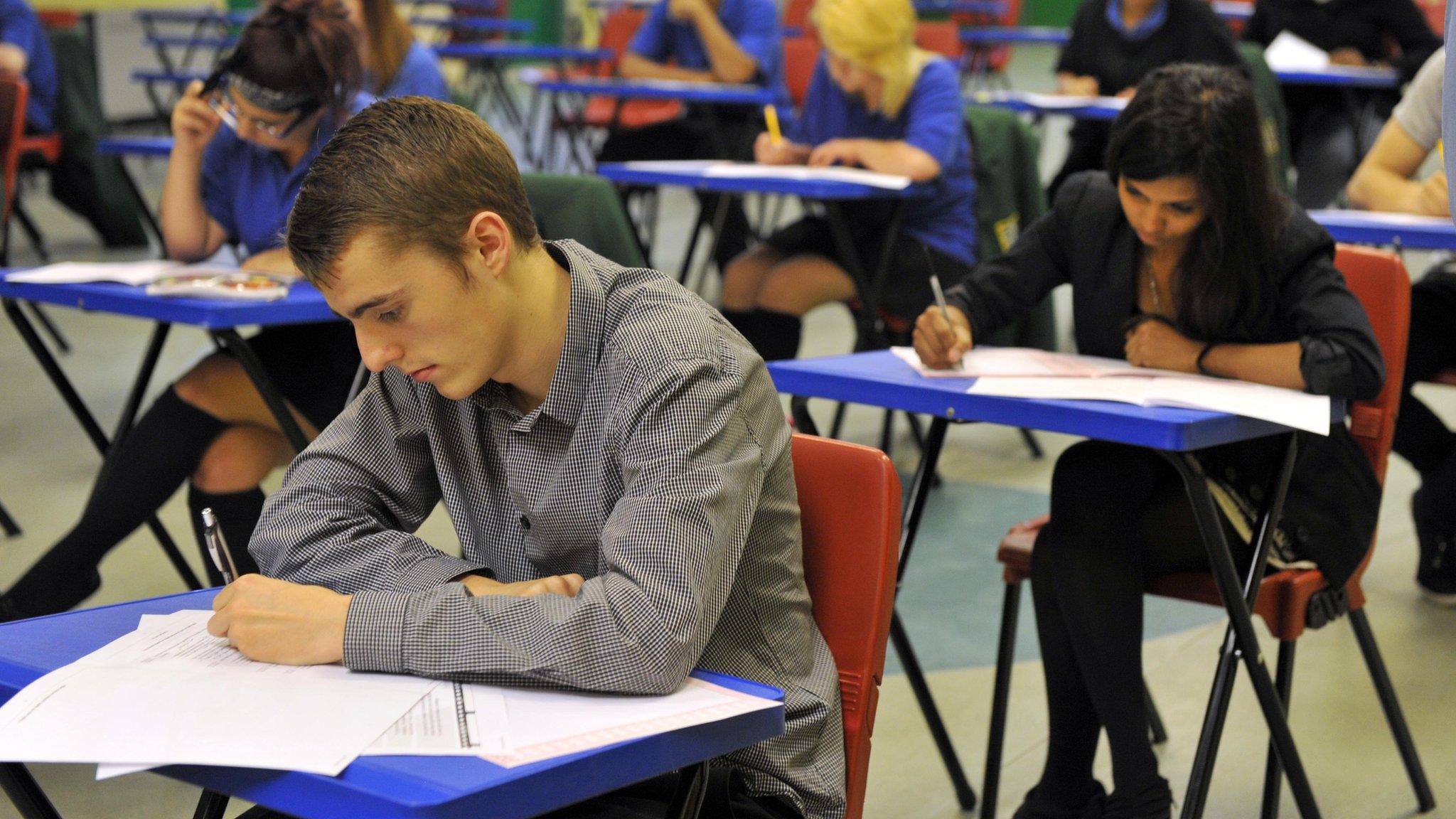
- Published23 June 2014
